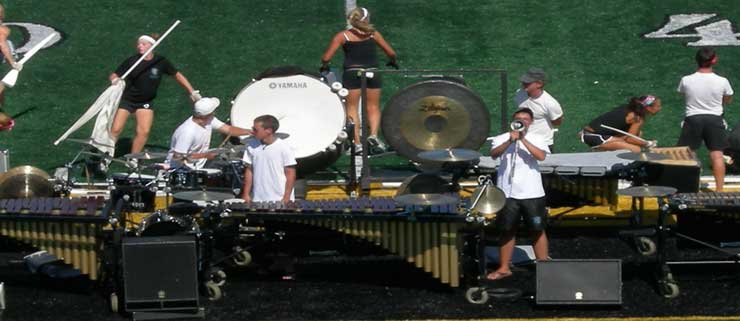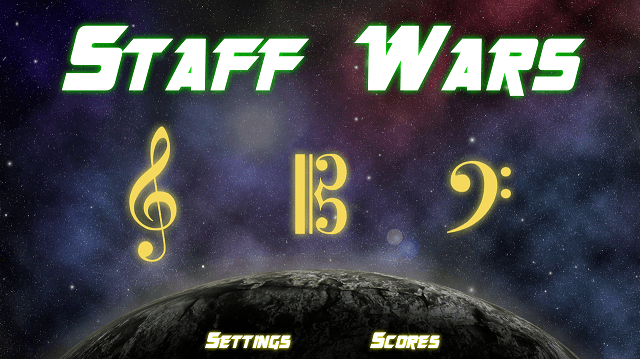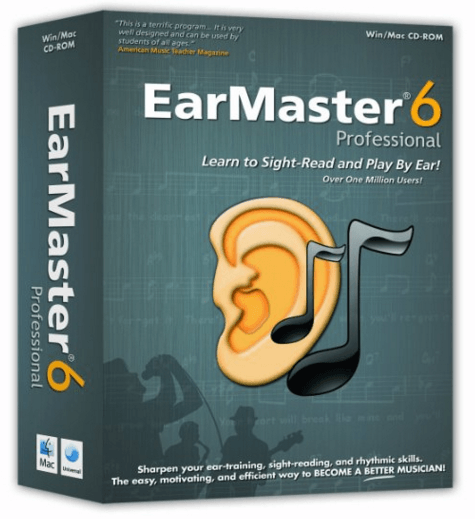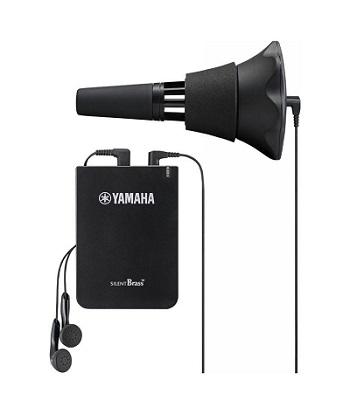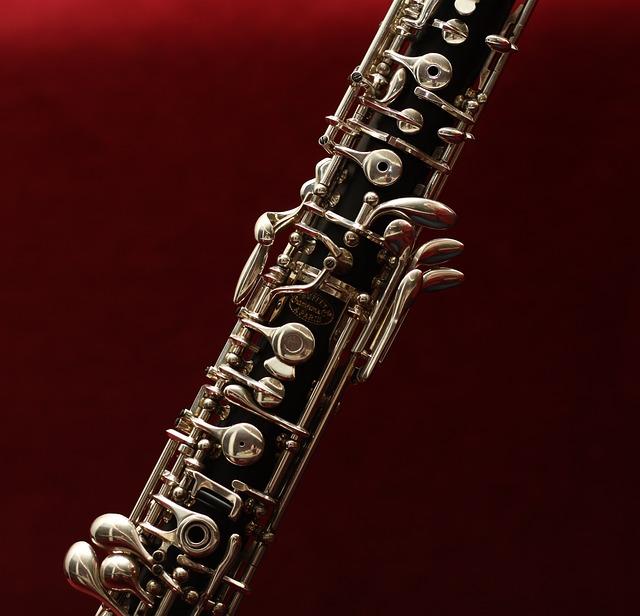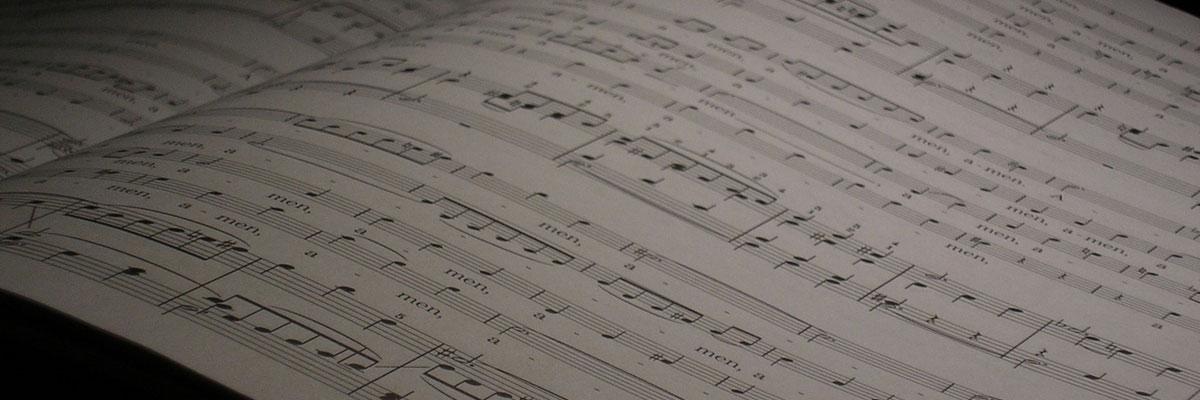- Details
- Written by Chad Criswell
In recent years the question of whether or not marching band is a sport has been brought up time and time again for various reasons and by various groups. On one side you have the YES crowd who says that marching band is competitive, physically demanding, and every bit as much a team event as any traditional sporting event. On the other side of the coin are those who say no, that marching band is NOT a sport and it is a musical pursuit that happens to involve coordinated movements. Both sides are right, but to make a final decision we need to look deeper into the facts. Read on to find out what they are!
Read more: Is Marching Band A Sport? Pros, Cons, and a Reality Check
- Details
- Written by Chad Criswell
Last week I had the opportunity to present a session for the Heartland AEA's monthly Technology in the Classroom program. While the room was rather slim for music teachers in particular (the mornings sessions were dedicated to fine arts and PE in general) I still got a bit of a laugh when people realized what the title of the presentation meant. I called it "No! You Can't Call It A #Hashtag!" If you don't get the joke just think about it for a bit. :)
Read more: The Best Tech Tools That I Use In My Music Education Classroom
- Details
- Written by Chad Criswell
As anyone who reads my blog knows I am an avid fan of the StaffWars note ID training software products made by TMI MEdia LLC. I’ve used their PC/Mac versions for years, and was happy when a few years ago they came out with an iOS version of Staff Wars. I was always hoping that they would also come out with a new version of StaffWars 2 which added the ability to have the student actually play the note on their instrument rather than just touching the answer on the screen. Now they have released StaffWars Live which brings this live performance oriented feature onto the iPad and iPhone. Mostly... Why do I say mostly? Read the rest of this review of StaffWars Live to find out.
StaffWars Live Game Features
In StaffWars Live a whole note floats across a staff from right to left, heading for the clef sign at the other end. If it hits the clef sign before the student plays the correct note on their instrument then the player loses a life. If they play the right note however the note explodes in a fireball and they are presented with another one. The speed of the movement of the note increases as the player gets farther and farther into the game to the point that eventually it becomes quite challenging, especially for beginners.
Before starting the game the user selects a key signature, an instrument, and a range of notes anywhere up to two ledger lines above or below the staff. The range is set by two sliders, and can be customized to work with almost any instrument. The scale can be set to include major scale notes, major blues, minor blues, or chromatic. This is a nice improvement from the old PC version, but the range still bugs me in that by stopping at two ledger lines for instruments like the tuba means that we can’t get down to the low A or the clarinet can’t get to the low E which are necessities for all new players to learn.
It includes the ability for people to select treble, alto, or bass clef, opening up practice opportunities for almost every common instrument plus several more. In the settings there are even selections for vibraphone, xylo, recorder, bassoon, english horn, and piccolo, as well as all of the primary beginning concert band and orchestra instruments that you would expect.
Game Play Review of StaffWars Live
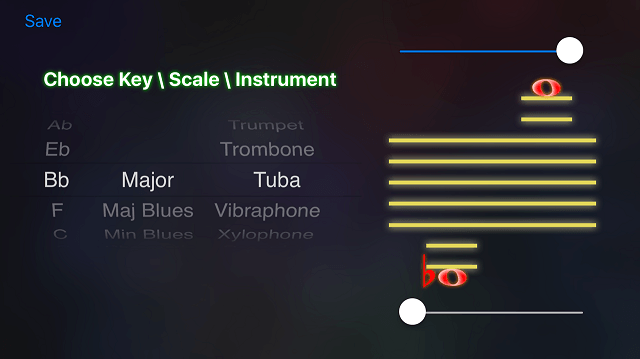
In terms of note accuracy and utility though StaffWars Live does really well, 95% of the time. I say that because at the beginning of the year my clarinet players and a few brass players always have troubles getting notes to pop because they don’t have their embouchure developed enough to bring the pitch up to where it needs to be. On the PC version I can tweak that a bit by adjusting the tuning in the software, allowing even horribly flat clarinets to still feel like they are accomplishing something. In the iOS version though you can’t tweak it, and if they can’t get the note up to pitch they are going to lose regardless of whether they are playing the right fingering or not.
StaffWars Live also includes a high score board where you can see what your previous bests are. It's great for an individual to keep track of their personal performance but isn’t incredibly useful from a teacher perspective unless the same student is the only one that uses the device each time. It would be nice (and a nice upgrade for a future version, hint hint!) if they added in the ability to put in a student’s name and then export the list as a CSV via email.
As it is now, for 99 cents StaffWars is a great deal and very useful for any new student to help them learn their fingerings. It’s cheap enough that a music teacher can suggest to all of their students that they add it to their phone or iPad to use at home. At this time there is no Android version but since they have already ported the original StaffWars app to Android I have to assume they will eventually do the same for Live. If the makers continue to develop the app and add in planned improvements like the sound effects, intonation controls, and a better score keeping system then it will soon be my go-to app at the beginning of the school year with my new students.
StaffWars Live is now available in version 1.0 for 99 cents on the App Store. The next version (1.0.1) is planned to be released in the next few weeks and the developer hopes to be able to include some of the features that were mentioned above. In other words, there is no good reason not to give StaffWars Live a try right now.
- Details
- Written by Chad Criswell
Once you have your music recorded the job has just begun. Very rarely is a recording perfect the first time, and even when it may seem to be a good one there are always things that can be tweaked a bit in a music editor app. Luckily there are dozens of different audio editing programs to choose from, but here we are going to focus on what most people in the industry consider to be the best free music editor apps for the PC. Read on to find out more.
- Details
- Written by Chad Criswell
Ear training was never my strong suit in college. Granted that was twenty years ago but even today I still can’t easily recognize certain chords by ear and transcribing melodies is sometimes an exercise in patience (and frustration). To try to refresh my abilities in this regard I gave a solid try at using the new EarMaster Pro 6 ear training software program to see if I was really as bad I thought I was. If you are looking for an easy way to drill and practice ear training concepts like intervals, scales, chords, and melodic and rhythmic dictation then read on for my full review.
- Details
- Written by Chad Criswell
What exactly are the most important parts of producing a good saxophone sound? Get advice from Scott Turpen, Professor of Saxophone at the University of Wyoming in this article that originally ran in the October 2015 issue of Teaching Music Magazine.
- Details
- Written by Chad Criswell
Yamaha’s SILENT Brass series of products is a set of trumpet, french horn, and trombone mutes that when used properly allow the performer to listen to themselves while practice at full volume but muting the sound to everyone else in the room. Some people swear by them, others not so much. I’ve been playing around with the trumpet version of the Yamaha SILENT Brass system for a few weeks now and I have to say there are some very good qualities and a few that kind of bug me. Read on to find out what those pros and cons are.
- Details
- Written by Chad Criswell
Few music teachers would deny that the oboe can be a challenging instrument to play well with respect to proper intonation and technique. We spoke to Dr. Sarah Hamilton, associate professor of oboe at the State University of New York at Fredonia to get her insight into ways to help young oboists fix some of the more common problems associated with the instrument.
- Details
- Written by Chad Criswell
In the same vein as other music note ID training apps NinGenius goes the extra mile to make the tedious task of learning to read music a whole lot more fun. But where other apps stop there, NinGenius goes even further by creating an incredibly useful tool that adds in the very important capability of being able to track student progress across an entire classroom. Check out this review of NinGenius.
- Details
- Written by Chad Criswell
In early July MakeMusic made a big announcement, that they were buying a company from France called Weezic. On the surface that may not seem like a big deal until you realize WHY they bought them. Until that point Weezic had been a competitor to SmartMusic, providing a different way for people to do automatic assessment of a musical performance just like SmartMusic does. The big difference though was that Weezic was truly cross platform compatible, meaning that it could run on just about anything with a web browser. Now do you get the picture? If you work in a school district that has gone totally one-to-one Chromebook then rejoice! SmartMusic is coming to the Chromebook!
- Details
- Written by Chad Criswell
For two decades we have used the old Nine Standards For Music Education to shape our classroom curriculum but over time their generalities and simplicity has been overshadowed by a national move toward a core curriculum. In many circles this in turn has lead to our old standards being seen as educationally insignificant. With the newly revised 2014 national music standards we are now at a point where we can hold our own and give validity to the importance and significance of music’s place in our school curriculum. Luckily, along with the new standards we also have a host of new technological tools that can be used to meet them in ways that not only enhance our current offerings but push us toward the ultimate goal of creating well rounded, passionate musicians.
Read more: The Role of Technology In The New National Music Standards
